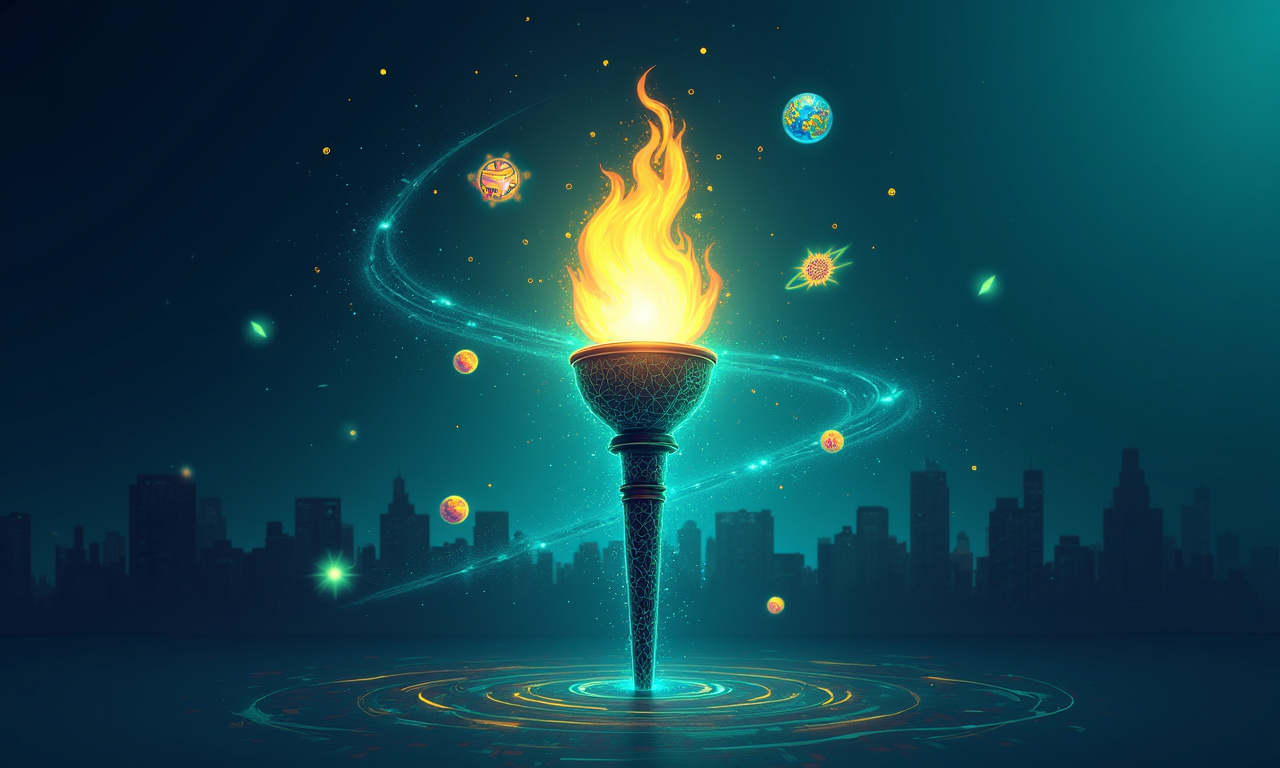Remember the early days of the internet? Remember when Geocities sites were the prevalent online expression, and everyone had a dancing baby GIF? It seemed like if you put your mind to it, anybody could create something wicked awesome. Now, fast forward to the NFT space. We dreamed a beautiful decentralized techno–utopia, a thrilling exciting digital Renaissance. In this utopia, artists would thrive and collectors would discover the next big star. But is that really what we're getting? Or is this just another gilded cage where the mega-wealthy fecklessly roam?
Whales Buying Up All The Fun?
Now let’s address the big…uhh, I mean purple whale in the room. Then we’re watching NFT trading volumes explode up to six-month highs. Ethereum's leading the charge, which is no surprise, but what's driving this frenzy? Word on the street is an unidentified whale bought 45 CryptoPunks. Forty-five! That’s the equivalent of purchasing all the cookies from the bake sale, leaving the children nothing but crumbs.
As a result, the floor price of CryptoPunks suddenly increased to approximately $175,000. Great for those already holding, sure. But what about the rest of us? When the alternative is the artist just needs to make a living selling their work for a few hundred bucks. What about the collector who pins and budgets and finally buys the work they really can’t get enough of? Are they merely to sit idly by and allow the hyper-wealthy to pump and dump? It’s the equivalent of watching a billionaire play Monopoly and evicting real families from their homes.
Is This Art, Or Just Flexing?
Okay, I get it. NFTs are assets. They can appreciate. It's an investment. But let’s not kid ourselves that it’s purely financial. There's a huge cultural element here. These digital collectibles have quickly morphed into status symbols, avatars, and membership cards, all in one. When whales control the market, are they elevating culture, or simply killing it? Are they helping artists succeed, or merely collecting digital participation trophies?
Think about it like this: Imagine if only the super-rich could afford to go to art museums. Would that be good for art? Would it foster creativity and innovation? I doubt it. Art flourishes when it's free, when it's discussed, when it's circulated. And honestly, right now it seems like the NFT world is getting more and more elitist.
The whale’s move is further positive signaling to the market? Positive for whom?
- Whales: Positive. Duh.
- Existing CryptoPunk Holders: Positive. Potentially.
- New Artists: Questionable.
- Average Collectors: Maybe? If they can afford it.
- The Long-Term Health of the NFT Ecosystem: Debatable.
Can We Stop the Whale Games?
Here's the million-dollar question: Can we build a more equitable NFT ecosystem? I'm not saying we should ban whales. They have every right to spend their money, even if that’s on pixelated punks! We should be cognizant of the negative market effects they’re causing. We recognize that we need to uplift platforms and projects which centrally embrace equitable practices, accessibility and inclusivity. Instead we should be looking at how to empower artists and democratic collectors, rather than the ultra wealthy.
Perhaps it’s time to pursue using more scalable and open blockchains such as Solana, Polygon or Flow that have minimal transaction costs. Or perhaps it’s to focus on fractionalizing NFTs so that more people can each own a share of the asset. Perhaps it’s simply about recognizing the need for deeper, more vibrant communities that put culture and creativity before speculation.
After all, the future of NFTs is – like art itself – what we make of it. And will we let it become just another playpen for the rich? Or will we step towards a truly decentralized and democratic digital future. It's time to decide. Are you catching the disruptive wave, or being drowned by the tsunami? So what role are you playing in this crypto-fueled party?
(Insert Pepe the Frog "Feels Bad Man" meme here)




